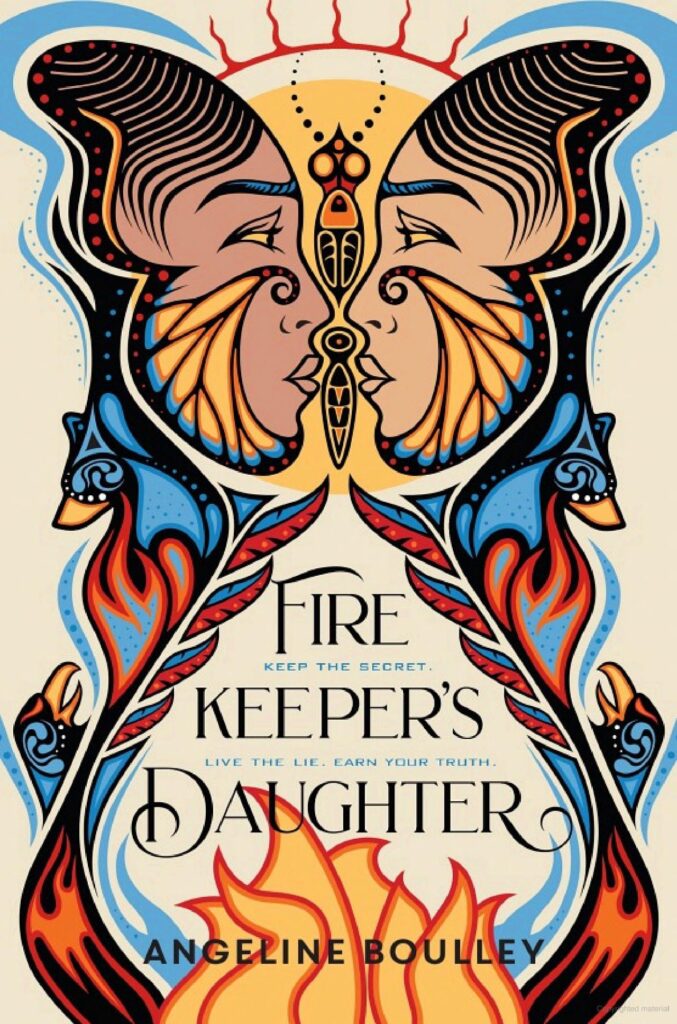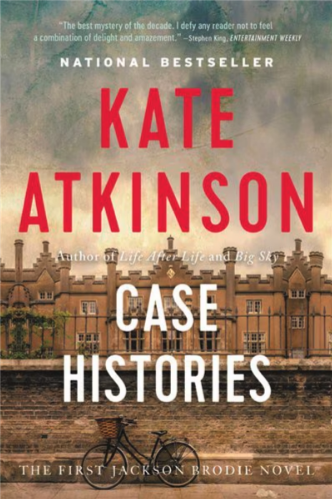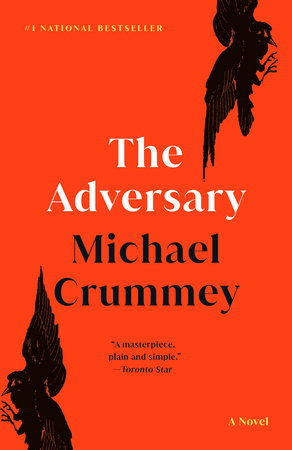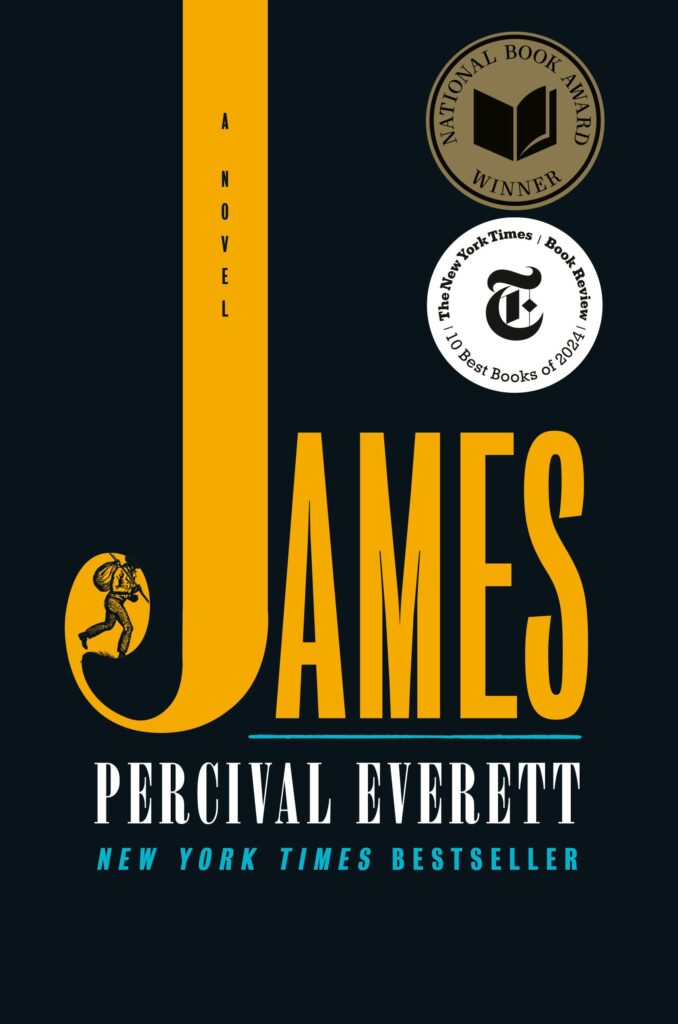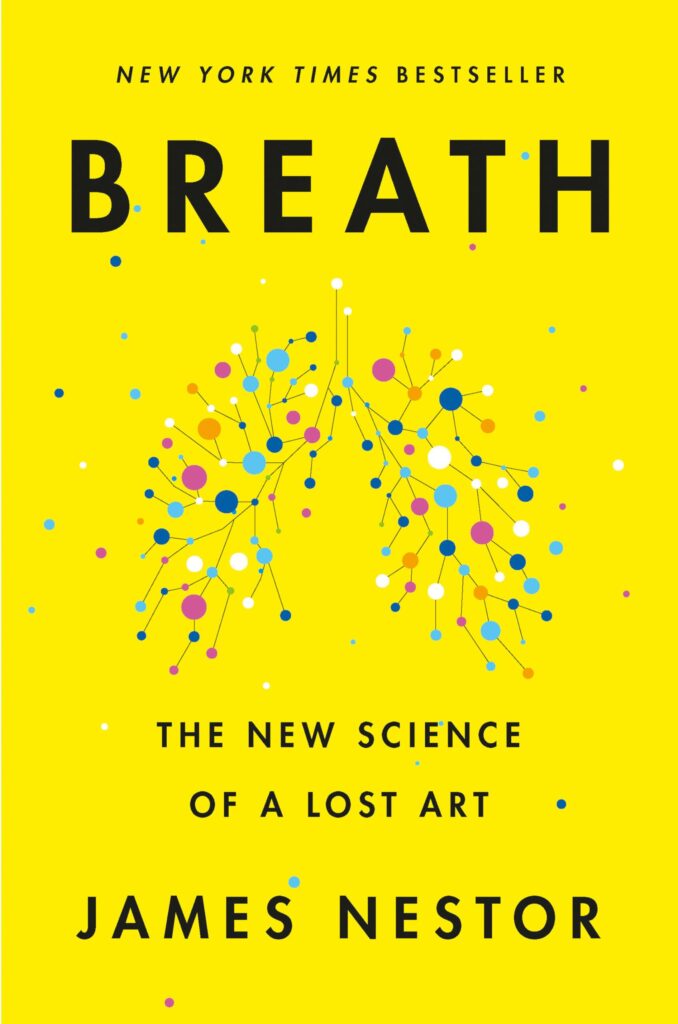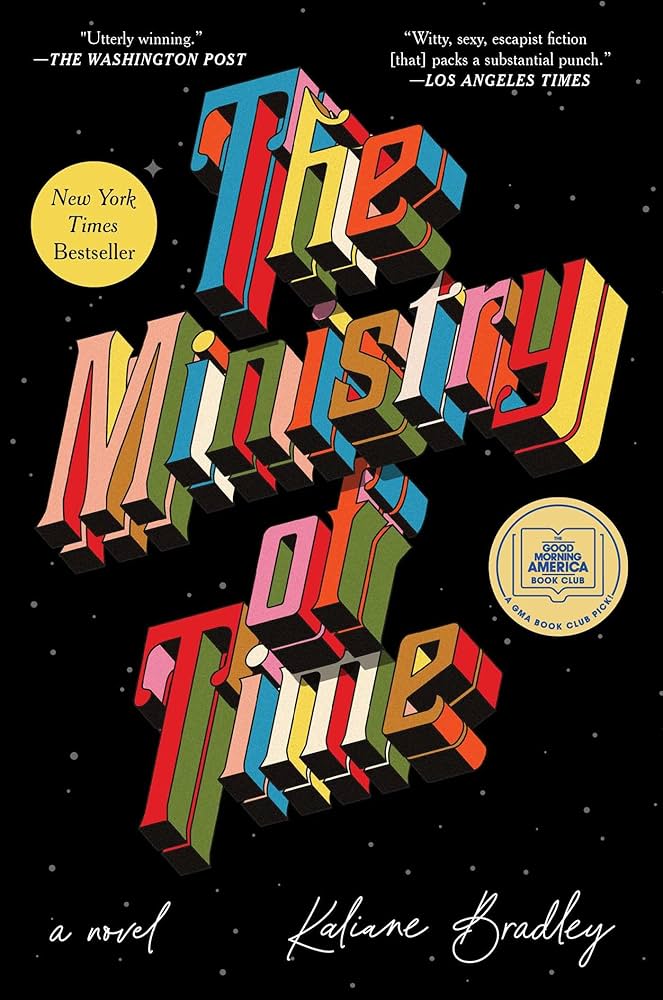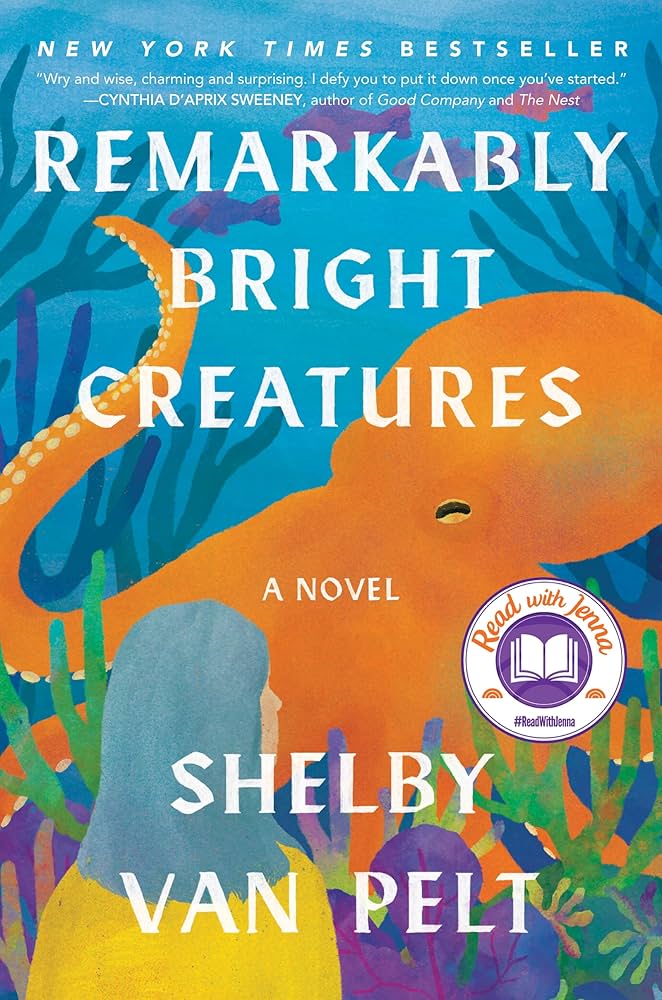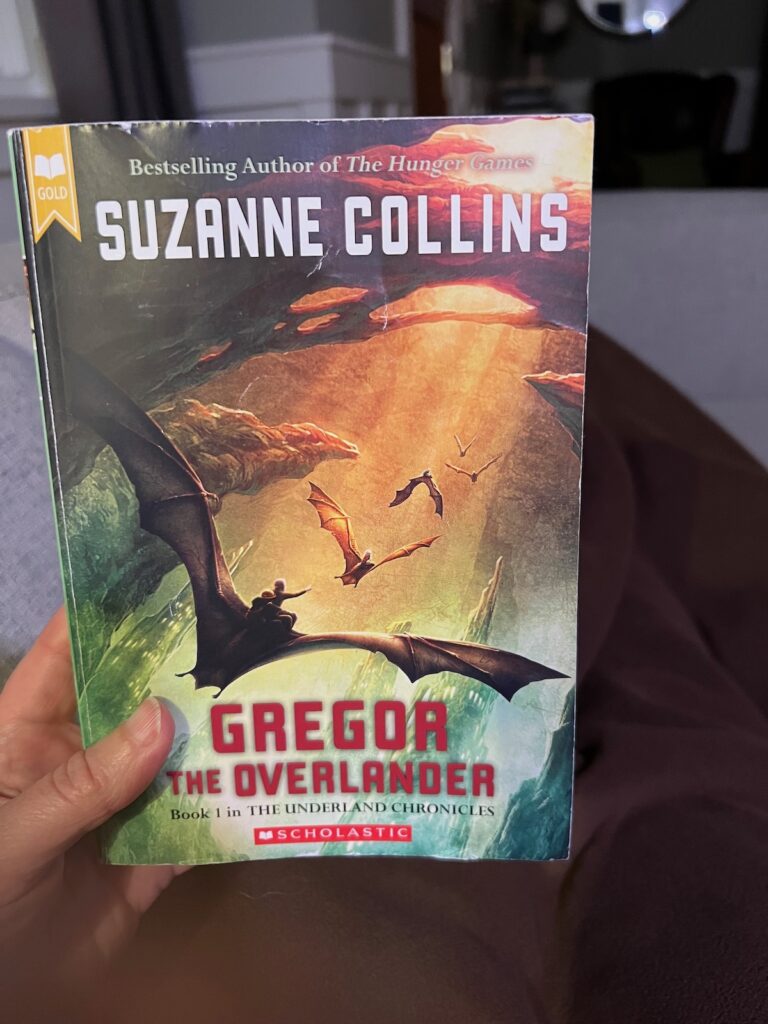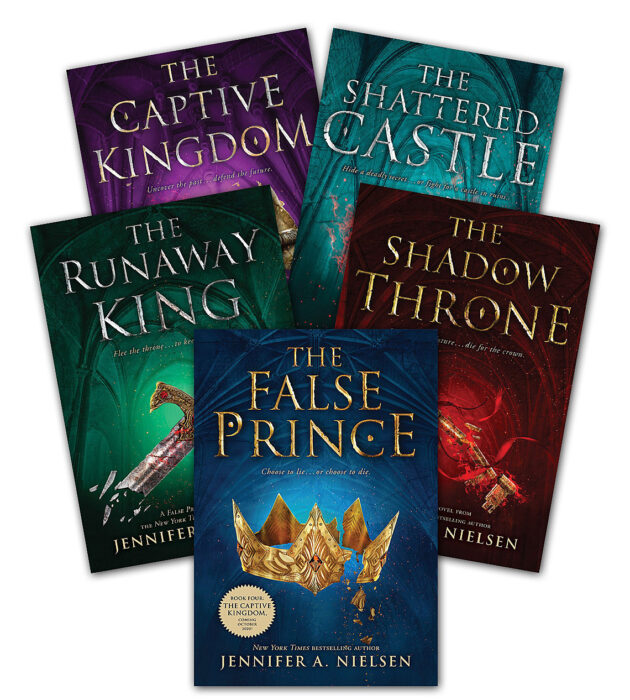
The False Prince (The Ascendance series, Book 1) was introduced to me by my tween son. I love discovering books that I wouldn’t otherwise encounter, and this was a good find. I have since read the second book in the series, The Runaway King.
The False Prince opens with Sage, an orphan, being captured/bought by a noble named Bevin Conner. Sage isn’t the only orphan, there are four of them, and they soon find out that they have been selected due to their passing resemblance to the kingdom’s Prince Jaron, who hasn’t been seen for years and is believed to be dead at the hands of pirates. The rub is that the King, Queen, and the eldest son and heir to the throne have just died by poison. Conner believes that he can disguise and train one of the orphans to be the prince, and once the puppet prince on the throne then they will delegate Conner as steward and basically leader. Foolproof, right?
There are many plot twists in this novel and I do not want to give away too much of the story. What I can say is that only one orphan will make it to the throne and the others will be killed. The pressure is on for the boys to form alliances as a safety net yet they are still orphans used to fighting for their place so rivalries abound.
The Runaway King (Book 2) opens with the real Prince Jaron, recently crowned King, fighting off an assassination attempt. Apparently the pirates are not happy that they didn’t kill him the first time around. Jaron recklessly decides to infiltrate the pirates in order to suss out the traitor in his court.
The trilogy now has 5 books in this series.
My son is a fan of the Percy Jackson series, Harry Potter, and Keeper of the Lost Cities. The Ascendance series doesn’t have the fantasy and magic but it is otherwise a classic adventure with a strong, determined hero who faces physical and mental challenges, often aided by friends who he initially mistrusts. If you like a classic hero’s journey with rising tension and plot twists then this is for you.
